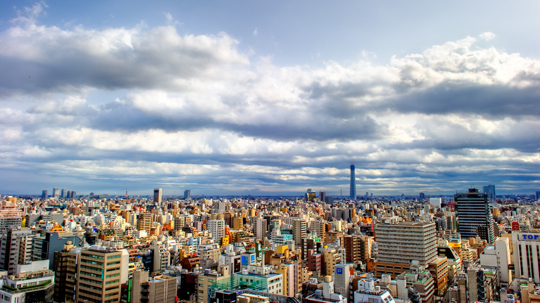In this article, we uncover the top 5 tips for architectural photography. As you know Architectural photography is a unique and challenging genre that demands a keen eye, technical prowess, and a deep appreciation for the built environment. Whether you’re a budding photographer or an experienced pro, capturing the essence of architecture can be a rewarding endeavor. In this article, we’ll delve into valuable tips and techniques that will help you elevate your architectural photography skills and create stunning, captivating images.
Read more: How to hire interior design photographer
Planning and Preparing for Architectural Photography
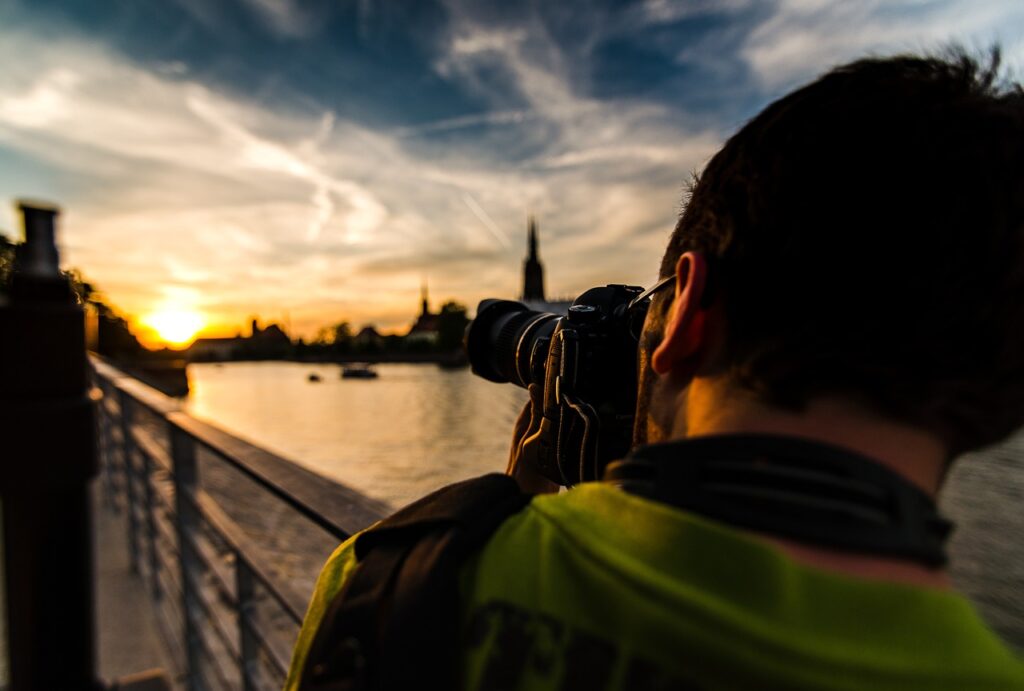

If you’re craving to dive into the world of architectural photography, we’re here with some must-know architectural photography tips. As aspiring architectural photographers, what should be the first step? It’s planning and preparing. Make it a point to understand the building’s history you’ll be photographing, study it’s posture against the rising and setting sun, and craft your imagery around it. This isn’t just building photography, it’s an art.
Stick with us and we’ll explore more architecture photography tips. Finding the right lighting and angles is crucial in any form of photography, especially for photographing buildings. The shadows, the play of lights at different times of a day can significantly impact your architectural image. Even more important is your ability to change perspective. Move around the building, find unique viewpoints – perhaps a hidden alley, or from a towering skyscraper nearby. This isn’t just photography landscape, this is the heart of architecture photography.
But what if the exterior architecture does not match up to your expectations? Don’t fret! Open the doors and step right in. Welcome to the world of interiors! Interior photographers often find a completely different setting to play with, compared to their exterior counterparts. From chandeliers to windows, stairs to corridors, even a vase on a table – every detail counts in architectural photography. Besides, the right indoor setting could very well be your gateway into landscape photography too, with the right viewpoint.
You see, great architectural photographers have a knack for telling a story through their lens. A crumbling wall might speak of centuries past, a sleek, modern building might represent the present, and an avant-garde structure might hint at the future. Often, these stories are right in front of us, it’s just a matter of capturing them.
But remember, as photographers, don’t get discouraged with a few bad shots. Capture, learn, adapt, and capture again. Take every image as a lesson, and soon you’ll be mastering the intricate art of architectural photography. Its grandeur can be overwhelming initially, but with these architectural photography tips, you’re bound to get the hang of it. Be it the exterior or the interior, day or night, modern or ancient – mastering the art of photographing architecture will prove to be one of your strongest suits as photographers. So, gear up, plan well, and get clicking!
Scout Your Location
Before you even pick up your camera, take the time to scout your location. Visit the site during different times of the day to assess how light and shadows play on the architecture. Consider the angles, vantage points, and potential obstacles that may affect your shots.
Study the Architecture
Understanding the architectural design is essential. Familiarize yourself with the building’s history, style, and purpose. This knowledge will enable you to highlight its unique features and capture its essence more effectively.
Mastering the Right Techniques and Equipment for Architecture Shots
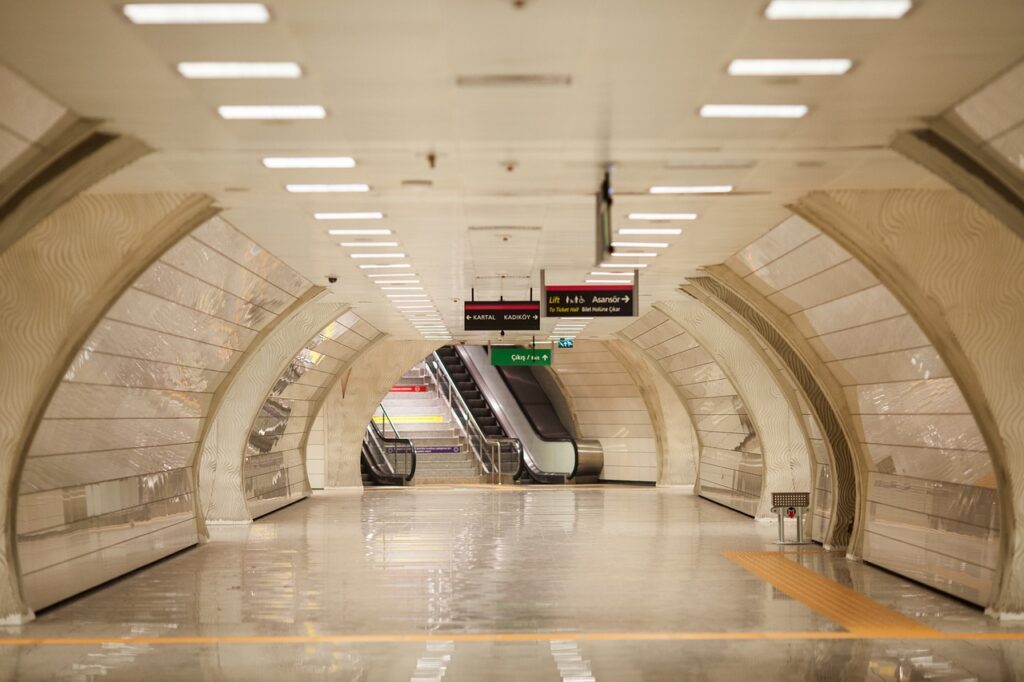

Moving on from planning and preparing for architectural photography, let’s delve into mastering the right techniques and equipment for architectural shots. Of all the architectural photography tips, understanding the role of lenses is key. Without the right lens, capturing the exact intensity and breadth of a structure’s beauty would be a daunting task. When capturing architectural images, selecting a lens can make or break the shot. The lens choice can dramatically alter the perception of the structure you’re focusing on.
Consider the wide range of lenses available, each creating a unique impact on the shot. A wide-angle lens, for example, gives an encompassing view of the interior, letting you see more of the structure than you could with your bare eyes. On the other hand, a telephoto lens gets right into the details, allowing you to focus on specific elements within your architectural image. Experimenting with different lenses is one of the important architectural photography tips.
An important part of shooting architectural images is not just taking shots but selecting shots. The shots you choose to capture can effectively convey the aesthetic of the building. When choosing shots, consider different angles, varying heights, and diverse vantage points. These can help to encapsulate the entire structure and interior of the building in your architectural image.
Now, let’s turn our attention to interiors. Capturing the interior of architectural structures isn’t as easy as it appears. Often, there’s a balancing act between maintaining the integrity of the structure and showcasing its inner beauty. Using a broad-spectrum lens is exceptional in capturing detailed interior shots, be it a grand ballroom or a cloistered corridor. Give particular attention to window shots as they add an element of natural lighting, enhancing the overall architectural image.
Understanding the structures you’re capturing in your architectural images is another invaluable tip. The harmony between the arches, the balance between spaces, and the geometry of the structure, when comprehended, can be depicted exquisitely in your architectural shots. Your shots should focus on enhancing these elements in the architectural images.
In conclusion, architectural photography isn’t just about pointing a camera at a building and snapping a picture. It’s about understanding the intricate elements of the structure, manipulating the lighting, learning how to use a range of lenses, and carefully selecting shots to make architectural images come alive. Master these techniques, and your architectural shots will continue to improve, offering a new perspective on every structure you encounter.
Choose the Right Lens
Selecting the right lens is crucial. Wide-angle lenses are often preferred for capturing entire buildings, while prime lenses can help you achieve sharpness and depth of field. Experiment with various lenses to find the one that suits your style best.
Invest in a Sturdy Tripod
Architectural photography often involves long exposures, especially in low light conditions. A high-quality tripod is indispensable for achieving sharp and steady shots. Look for one that is sturdy and easy to adjust.
The Impact of Light and Shadow in Architectural Photography


When you’re diving into the world of architectural photography, understanding the way light and shadow interact with your shots can make a remarkable difference. Light, no doubt, is one of the fundamental aspects of creating captivating architectural photos. It’s all about the art of timing. The way the light falls on a structure can highlight architectural features, creating contrast, depth, and texture. One essential tip is to be patient and watch how light shifts throughout the day. You’ll find that the daytime offers bright light that can cast sharp shadows, while the twilight hours provide a softer, diffused light that can create a mellow warmth in your architectural photos.
Think about the role of shadows too. They’re more than just darker areas; they’re a form of art themselves. They complement light, helping to define spaces and intrinsic details in the architecture. Shadows can give your images a unique character, emphasizing the architectural design and projecting emotions. It’s truly fascinating how light and shadow can transform a structure and give it an entirely new perspective in your architectural photos.
Having the right equipment is also crucial. A Canon, for instance, is a reliable camera that can work wonders in architectural photography. It can capture a spectrum of light and shadow with clarity and precision. Let’s not forget the role of the lens as well. You may want to consider investing in a wide-angle lens that can capture expansive structures in a single shot. Mastering the use of lenses can be a challenge, but once you get the hang of it, you’ll notice a significant improvement in your architectural images. For example, a tilt-shift lens allows you to correct perspective distortion – a common challenge when shooting tall buildings. The key is to experiment with different lenses to find which one suits your style and the requirements of the shot you’re planning.
One last word of caution, avoid relying solely on post-production to improve your images. Yes, tools like Adobe Photoshop can adjust the light and shadow, but your initial shot must be as perfect as possible. Take time to understand the architecture you’re photographing, explore different angles, and play with light and shadow. Remember, every structure has a story to tell, and it’s your job to convey that through your architectural photos. So, equip your Canon, pick an appropriate lens and let the magic of light lead you to the perfect shot.
Mastering Exposure
These tips for architectural photography Understanding exposure is fundamental to photography. Pay attention to your camera’s exposure settings, such as aperture, shutter speed, and ISO. Experiment with different settings to achieve the desired effects, especially when dealing with challenging lighting conditions.
Golden Hour Magic
The golden hours—just after sunrise and before sunset—are ideal times for architectural photography. The soft, warm light during these hours adds depth and warmth to your images. Plan your shoots accordingly to harness the magic of these moments.
Exploring Composition, Lines, and Details in Your Camera’s Frame


After perfecting your planning and prepping for architectural photography and mastering the right equipment and techniques for architecture shots, your task doesn’t quite end there. You should also focus on exploring the composition of your subject, particularly by paying attention to lines and various details in your camera’s frame. Architectural photography isn’t just about capturing buildings or structures. It’s equally about portraying their design and structure in a digestible, visually appealing way. This is where lines come into play. They pull the viewers’ focus through the photograph, helping them grasp the design in all its complexity and simplicity. Lines, both implied and physical ones, play a critical role in architectural photography. They help direct the viewer’s eye around the image, creating a flow that can make your photographs more engaging. Lines can create a sense of depth or scale, highlight a particular design element, or add an abstract quality to the composition. It’s essential to watch out for these lines – they might be the edges of a building, the path of a staircase, or even the way light and shadow fall across a surface. However, be aware that lines can also pull the focus away from the main subject of your photograph if not used strategically. Now let’s concentrate on details, a crucial aspect of architectural photography. Details lend character and depth to the photography, making it more vibrant and interesting. When you address the details, you not only capture the grand design but also those small elements that make a structure unique. They could be anything from an intricate window design to an ornate door knob. All these details collectively reveal the artistic touch in the architecture. Details can indeed make or break a photograph, setting it apart from the ordinary. Always keep an eye on any potentially interesting or beautiful details that may enhance your architectural photography, helping to paint a fuller, more immersive picture of the structure. It’s because these details come together to add a level of richness and depth that speaks volumes to the viewer. In conclusion, the critical skill of seeing and understanding composition, lines, and details in your camera’s frame can take your architectural photography to an elevated level. Train your eye to find the design elements, lines, and details that others might miss, and incorporate those into your architectural photographs, transforming simple snapshots into art.
Rule of Thirds
The rule of thirds is a classic compositional technique. Divide your frame into thirds horizontally and vertically and place key elements along these lines or at their intersections to create a visually pleasing composition.
Leading Lines and Symmetry
The tips for architectural photography contains this best Use architectural features like leading lines and symmetry to guide the viewer’s eye through your image. Straight lines and well-balanced compositions can create a sense of order and harmony.
Shooting Techniques: Understanding Shutter Speed, Aperture, and the Role of a Tripod


Shooting techniques play an instrumental role in architectural photography. It’s a skill that takes patience, precision, and a lot of practice. Whether it’s an iconic building or a simple house, every structure has intricate details that only an acutely trained eye can capture. The secret of a successful architectural shot lies in how you manipulate the shutter speed, aperture, and how effectively you use a tripod for stability.
One shooting tip that can significantly transform your architectural photography is understanding the importance of shutter speed. Shutter speed regulates the amount of light entering your camera. By controlling this, you can unveil the surreal beauty of a building. Shooting at a slower shutter speed in low light conditions can capture the unique lighting design of the building. Conversely, shooting at a faster speed can expose the structure’s details in a striking way, presenting an entirely different perspective.
But shooting is only half the battle. In architectural photography, the aperture plays a pivotal role. A broader aperture will spotlight the building’s specific details, while a narrower one can showcase the grandeur of the entire building. It’s all about figuring out the way you want to present the building aesthetics to your audience.
A tripod is indispensable here. It’ll not only add stability to your shooting, reducing blurriness but also supports longer exposures, allowing you to play around with shutter speed and aperture settings. A sturdy tripod will also help to maintain the composition you meticulously established. Finding a spot, the right way to position your tripod and understanding its mechanism are other ways the tripod becomes essential.
Let’s not forget, the importance of having a sturdy and flexible tripod in architectural photography. For capturing buildings’ towering heights or minute details, a tripod is a must. The added stability from the tripod can be a game-changer for your photography.
To conclude, shooting architectural photography is both challenging and rewarding. The interplay between shutter speed, aperture, and the use of a tripod can elevate your images from amateur to professional. Embrace these techniques, keep on shooting, experiment with your tripod, and watch your photography skills skyrocket.
The Advantage of Weather Variations in Architectural Photography
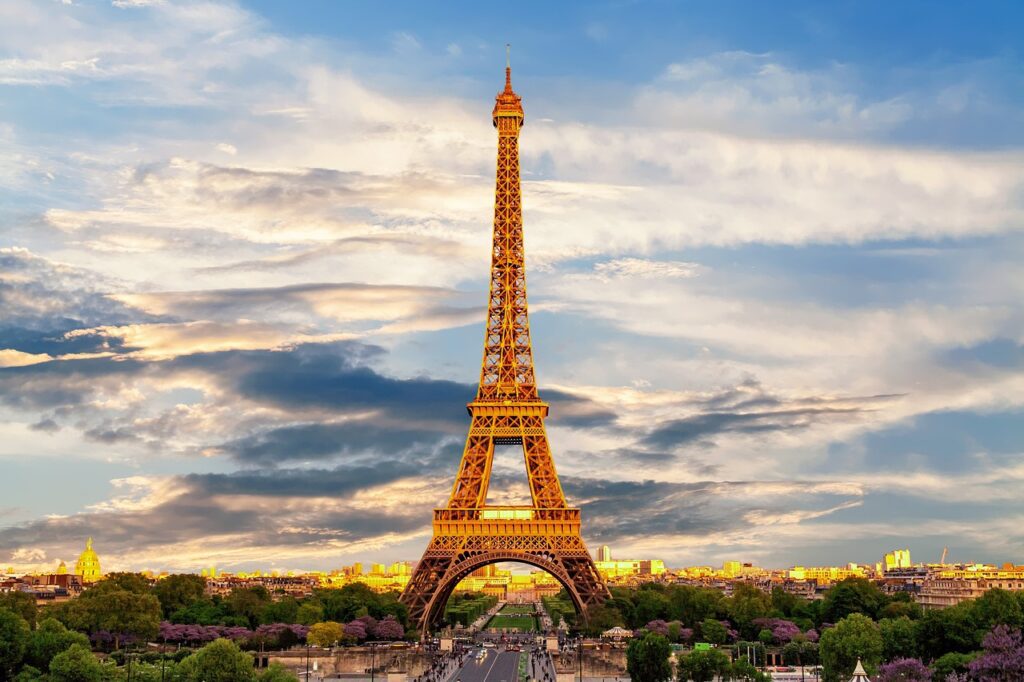

In the sphere of architectural photography, weather dynamics hold an inherent advantage. You’re not just shooting a subject; you’re documenting a way of interpreting space and place. The tips you learn when photographing buildings can revolutionize your long-held concepts of architectural photography. A way to make your photographs stand out is to embrace the changing weather – this can transform your building shots dramatically.
When you shoot under various weather conditions, the subject alters its aesthetics. The building luxuriates different exterior textures under different weather conditions. Rainy weather, for instance, can add a melancholic charm to your subject. Similarly, shooting a subject on a sunny day rejuvenates the exterior look of the buildings. Understanding these weather power dynamics offers a different perspective on architectural photography and can be a game-changing way for you.
Weather variations affect the way your camera interacts with the subject, and thus influence the impressions you portray in your photographs. Considering the subject’s surroundings, such as the exterior décor or the public space around it, is essential when planning your shoot. Always remember, a building does not exist in isolation. Thus, how you represent the space and place around your subject is fundamental in architectural photography.
Some architectural photography tips include how to balance your shoot in drastic weather scenarios. For instance, you can explore various angles and vantage points when shooting a building subject against a setting sun. You can similarly use harsh rain to capture poignant dark contrasts in your architectural pictures. These kind of photographs capture robust stories of the building, its space and place, and its relation to the exterior world.
To master these challenging weather scenarios, observe the way experienced photographers take their shots. Tips shared by professionals will invariably help you improve your knowledge in architectural photography and refine the way you photograph buildings too. Finally, don’t just capture the exterior; shoot sequences that display the building’s interaction with the surrounding space and the universe beyond it. Remember, you’re not just shooting a static subject; you’re depicting a dynamic infusion of architecture, space, and weather in your timeless architectural photography.
Transforming Your Architecture Shots with Post-Processing Photoshop Techniques
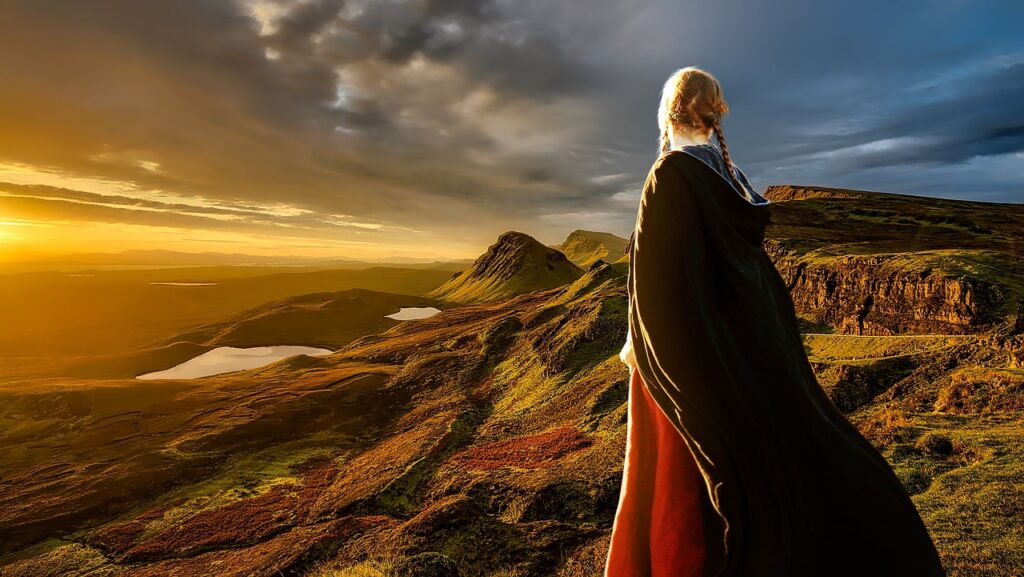

There’s an impressive level of expertise that goes into architectural photography. Each architectural image captured reflects a unique interpretation of the world, captured within the frame of a photograph. Beyond just capturing the design of a building in an appealing way, there’s so much more that goes into achieving a stunning architectural image. One of the secrets to taking your architectural photographs to the next level is found in post-processing, specifically the use of Adobe’s Photoshop.
Photoshop comes equipped with a host of tools that allow photographers to transform their shots in ways that would be impossible otherwise. You’ve probably heard of the term ‘photoshop magic’, and that’s exactly what it feels like when you begin exploring all that Photoshop has to offer. When it comes to architectural photography, photoshop allows you to perfect and enhance the nuances of your architectural images. You can correct perspective issues, enhance color tones, and manipulate light and shadow. These techniques are particularly useful when photographing buildings, a prominent theme in architectural photography.
Design plays a critical role in architectural photography. The aim isn’t just to shoot a photo of a building but rather to convey the architectural design in its entirety. With Photoshop, you can further emphasize the design elements that stand out in your shot. Whether it’s the symmetry of a skyscraper’s windows or the curve of a bridge’s arches, Photoshop can aid in showcasing these features.
Speaking of the shot, it’s not just about what you shoot but how you shoot it; understanding the logistics that influence the final image’s outlook. Are you capturing the wide structure in a singular frame? Or perhaps you’re focusing on the smaller details that make up the larger whole? Regardless of your approach to architectural photography, each shot embraces a unique perspective.
Lastly, with Photoshop as your ally, you gain a significant advantage in perfecting your architectural images. Even on days where the weather might not be in your favor, post-processing can help transform your shoot into a breathtaking spectacle of architectural design. The power that lies within manipulating your photographs in Photoshop can truly elevate your architectural photography game.
In sum, architectural photography involves much more than clicking a button. It requires a deep understanding of design, a keen eye for detail, and a willingness to experiment in Photoshop. Yet, when these elements come together, they create the perfect shot; a vivid architectural image that captivates viewers and leaves them in awe of the magnificent architecture that surrounds us.
Conclusion
In final words of this article ‘tips for architectural photography’ you may now have known that Architectural photography is an art form that allows you to freeze in time the beauty, character, and stories woven into the fabric of our built environment. In this article, we’ve explored a myriad of tips and techniques that can elevate your architectural photography skills and transform your images into captivating visual narratives.
It’s important to remember that architectural photography is not just about capturing structures; it’s about capturing emotions, moods, and the very essence of a place. As you embark on your journey to master this craft, keep in mind that practice, patience, and a willingness to learn are your greatest allies.
By thoroughly planning your shoots, studying the architecture you’re capturing, and selecting the right equipment, you can lay a solid foundation for your work. Understanding the play of light and shadow, as well as mastering exposure, will enable you to capture the magic of architecture in different lighting conditions.
Composition and framing are your tools for storytelling. Utilize techniques like the rule of thirds, leading lines, and symmetry to guide your viewers through your images, creating a visual journey that evokes emotion and intrigue.
In the digital age, post-processing and editing have become integral parts of the photographic process. Embrace these tools as opportunities to refine your vision and bring out the full potential of your photographs. However, always remember to maintain a balance between enhancement and realism, ensuring that the essence of the architecture remains intact.
In closing, architectural photography is a journey of discovery—a quest to reveal the hidden beauty and significance of our constructed world. So, embrace the challenges, cherish the triumphs, and let your passion for architectural photography shine through your lens. With dedication and creativity, you have the power to freeze moments in time and immortalize the artistry and wonder of our architectural heritage. In the end we we hope that you have gone thorough some best 5 tips for architectural photography in details. Thanks to be with us.




